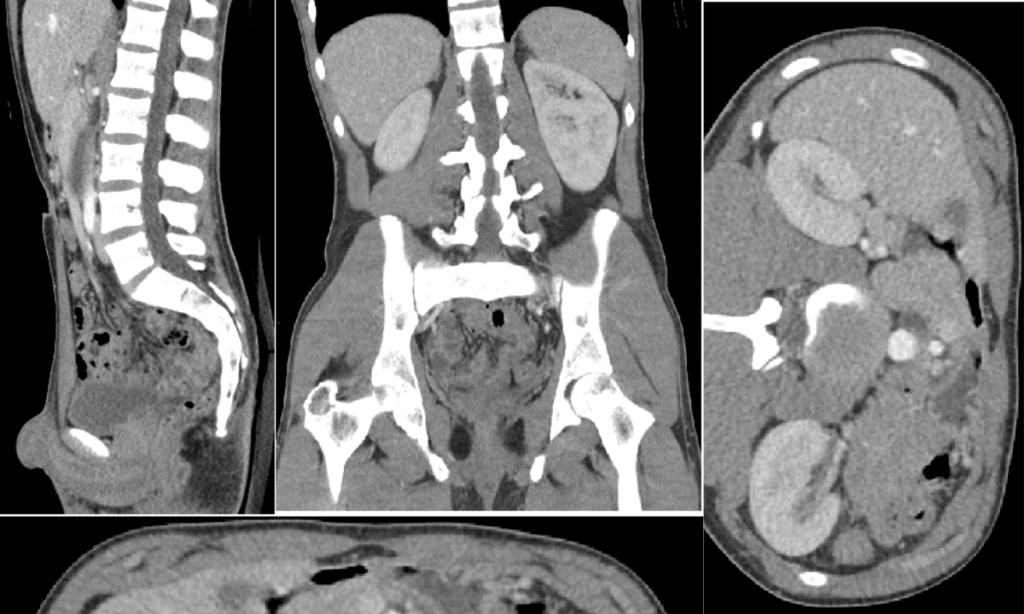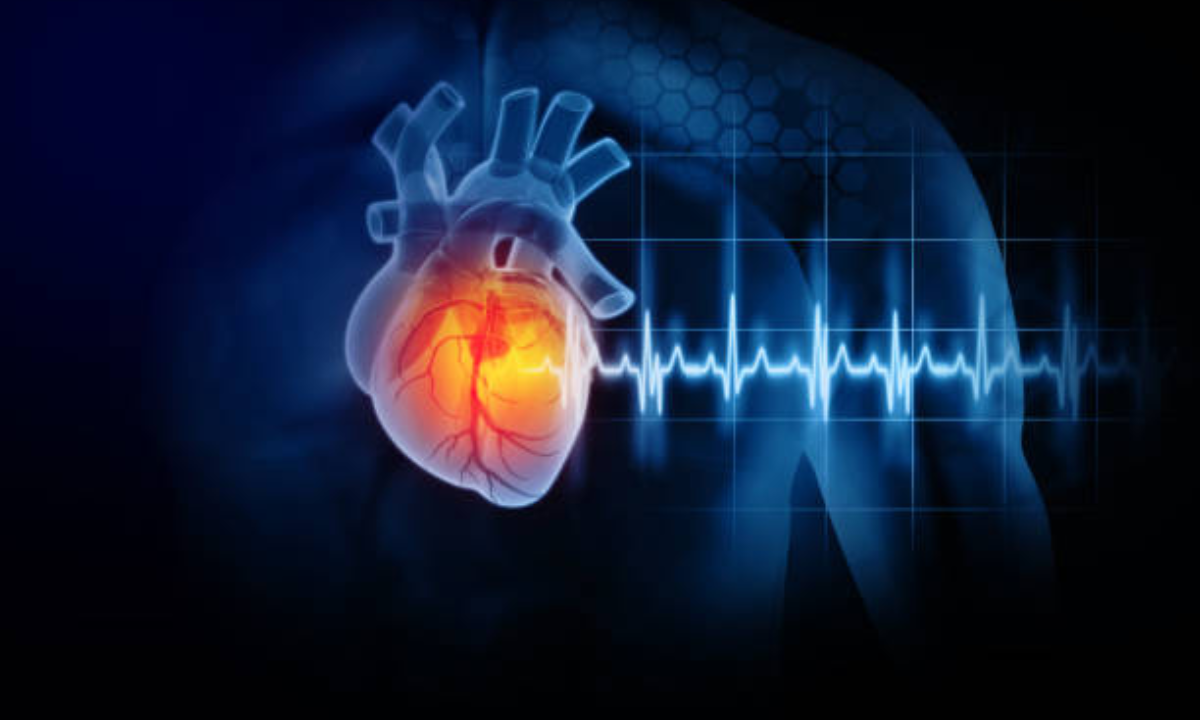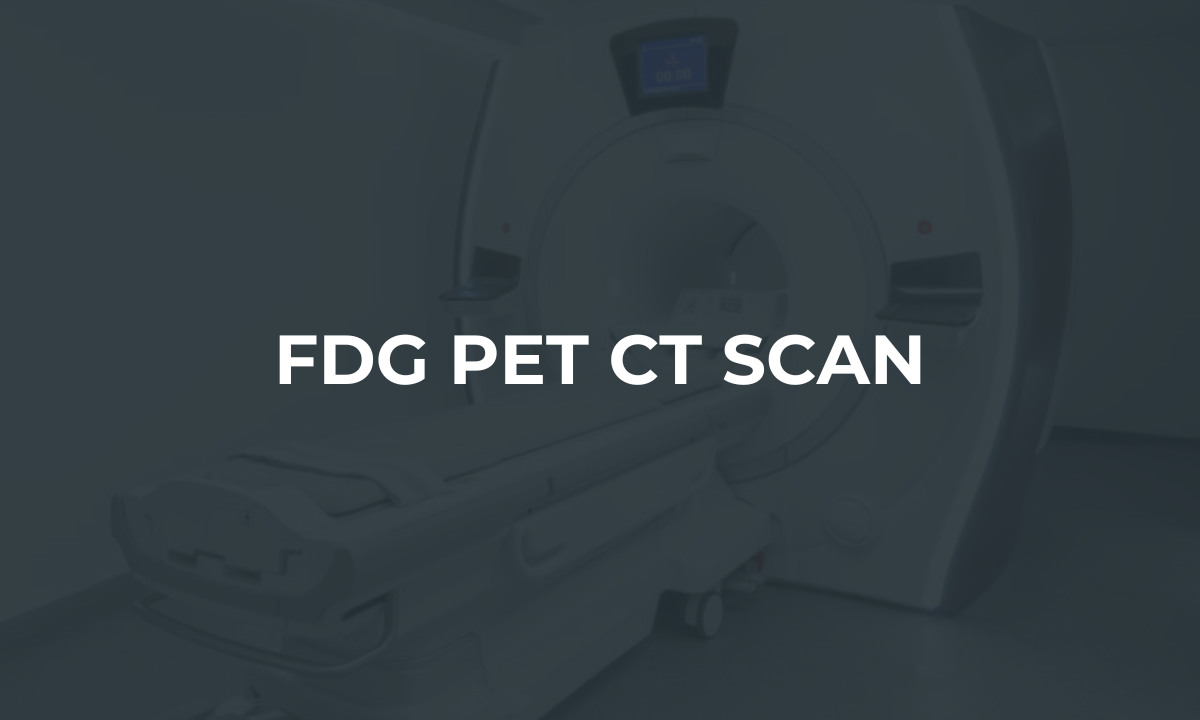A CT Scan for abdomen and pelvis uses X-rays and a PC. It is a type of computed tomography (CT) examination, often called a CAT scan. It is a diagnostic method that makes precise images of the abdomen and pelvis.
It evaluates many sicknesses, including blood clumps, cancer, infections, injuries, and other oddities, which affect these areas. In this article, I will cover all essential information about CT scan for Abdomen and Pelvis.
The CT scan cost in Bangalore varies. It depends on the body part being scanned and the hospital or diagnostic centre type.
What happens during CT Scans?
The patient lies on a table inside a rotating doughnut during a CT scan. The doughnut-shaped machine captures X-rays of the body. The technician could tell the patient to stay still to prevent blurry pictures. The patient may not feel anything during the scan. It takes a few minutes and may make clicking or buzzing noises.
What preparation is needed for a CT Scan for Abdomen and Pelvis?
CT technicians do the scans. No extra preparation is needed. But, doctors may ask for diet changes to improve image quality. Some scans require a contrast dye injection. It highlights organs and blood vessels.
Patients should leave valuables at home, wear loose, metal-free clothing, and tell the technician about any sensitivities. Injections of contrast dye can be required for better outcomes.
What happens during contrast injection?
Contrast dye and material are used in CT imaging to provide detailed images. A pinch is felt when an IV line is placed. Next, a quick injection of contrast material highlights the differences. It shows the contrasts between tissues and organs, giving even more information. Sensations of warmth or flushing may result from this surgery.
What will a CT Scan for abdomen and pelvis show?

A radiologist uses CT scans. They use the scan images to examine organs like the kidneys, liver, spleen, bladder, and lymph nodes. These photos provide clear views of blood arteries and internal organs. They show the intestines, bones, and joints. The referring physician then tells the patient the results. They do this after discussing the radiologist’s findings with the patient.
What are the potential risks of a CT scan for Abdomen and Pelvis?
Low radiation doses are used during CT scans to protect patients. On the other hand, cumulative radiation exposure from several scans carries a slight lifetime risk of cancer. Before a CT scan, pregnant women should discuss the risks with their doctor. Although they are uncommon, contrast material reactions can cause nausea or dizziness. Reaction risk is increased in those with diabetes or kidney disease.
Preparing for your results appointment
When discussing scans and treatment, the patient’s medical and family history should be considered. After analyzing the scans, the physician will decide what to do if any anomalies are found. It is important to raise inquiries if any findings could be clearer. If needed, we can make a treatment plan. Scans are vital. They rule out problems. Don’t fear them.
Can I drink water before a CT scan of the abdomen?
Drinking water before a CT scan of the abdomen is usually not recommended. Liquids can fill the stomach, which may hinder clear images of the abdominal organs. It is best to avoid drinking anything for at least 2-3 hours before the scan. Following the technician’s instructions will help obtain the clearest pictures.
Why would a doctor order a CT scan of the abdomen?
There are a few justifications for why a specialist might demand a CT sweep of the mid-region. Some common reasons include looking into stomach pain and gut habit changes. Also, head injuries come from accidents. They cause signs of bleeding or masses. Check for known conditions like cancer or inflammatory bowel disease. The clear pictures from a CT check allow specialists to diagnose issues accurately. They also help them choose the best treatment.
Follow-up care and lifestyle tips
If abnormalities are detected
Common follow-up tests after an abnormal abdominal or pelvic CT scan may include additional imaging, such as MRIs, ultrasounds, or biopsies. Endoscopy procedures may also be recommended. Blood tests may check for infection or other abnormal levels.
If CT finds a problem, your doctor will discuss how to diagnose and treat it. Depending on the condition, this may involve surgery, drugs, or monitoring. Lifestyle changes may also be advised.
For generally healthy scans
Regardless of whether everything looks good on a CT, the primary care doctor should be seen often for any severe symptoms. It is vital to keep taking doctor-prescribed medications as directed. Also, report any new or worsening side effects.
Supporting a healthy lifestyle means eating a good diet and exercising. It also means keeping weight regular and limiting alcohol. This is key for well-being and helping doctors track small changes over time.
What are a few typical side effects that might show the requirement for a CT scan for abdomen and pelvis?
Patients may have stomach or pelvic pain. They may also have changes in bowel or bladder habits. Other symptoms include belly swelling or bulging, unexplained nausea or vomiting, masses or lumps, unexplained weight changes, constant tiredness, and loss of appetite. Also, a family history of cancer or other illnesses are common signs that might show the need for a CT scan for abdomen and pelvis.
These side effects might demonstrate circumstances such as a ruptured appendix, diverticulitis, ulcers, gastrointestinal, genitourinary, or other pelvic infections. Extreme agony in the pelvis, sides, back, or stomach might show diverticulitis, ulcers, a ruptured appendix, or other circumstances.
Changes in gut or bladder propensities, like stoppage, loose bowels, blood in the pee or stool, incontinence, or inconvenience peeing, may demonstrate pelvic, genitourinary, or stomach-related issues. During an actual assessment, any masses or irregularities felt in the gut or pelvis might suggest unusual development that should be examined further.
In summary, CT scans provide invaluable medical information by creating detailed cross-sectional views inside the abdomen and pelvis. With minor preparation and little risk when done correctly, CT scans safely help doctors evaluate a wide range of conditions.
Understanding what to expect and following medical guidance empowers patients to make informed healthcare choices. Continuously talk about various forms of feedback with your doctor.
Located in the heart of the city, Kiranpet Diagnostic Centre Bangalore is a trusted provider of diagnostic services, including CT scans, X-rays, ultrasounds, and blood tests.






